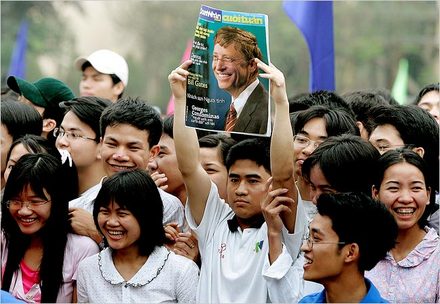Apparently the North Korean Communist government’s plan to end starvation in North Korea, is to import and breed giant German rabbits. If they were really serious, they would do better by respecting property rights, and embracing the free market.
EBERSWALDE, Germany — Few people raise bigger bunny rabbits than Karl Szmolinsky, who has been producing long-eared whoppers since 1964. His favorite breed, German gray giants, are the size of a full-grown beagle and so fat they can barely hop.
Last year, after the retired chauffeur entered some of his monsters in an agricultural fair, word of his breeding skills spread to the North Korean Embassy in Berlin. Diplomats looked past the cute, furry faces with the twitching noses and saw a possible solution to their nation’s endemic food shortage: an enormous bunny in every Korean pot.
The North Koreans approached Szmolinsky in November and asked whether he’d advise them on how to start a rabbit breeding program to help "feed the population," the 67-year-old pensioner recalled in an interview at his home in Eberswalde, an eastern German town a few miles from the Polish border. Sympathetic to the Koreans’ plight, he agreed to sell some of his best stock at a steep discount and volunteered to travel to the hermetic nation as a consultant.
. . .
In December, Szmolinsky stuffed six of his rabbits into modified dog carriers and took them to the airport in Berlin, where they boarded a flight for Pyongyang, via Frankfurt, Germany, and Beijing. Robert, a 23-pounder, was the largest of the bunch, which included four female rabbits and one other male carefully selected for their breeding potential.
How, exactly, the Democratic People’s Republic of Korea intends to parlay the small herd of German Flopsies into hunger relief for its 23 million citizens is unclear.
For the full story, see:
(Note: ellipsis added.)
 A giant German rabbit. Source of photo: http://www.spiegel.de/img/0,1020,774187,00.jpg
A giant German rabbit. Source of photo: http://www.spiegel.de/img/0,1020,774187,00.jpg


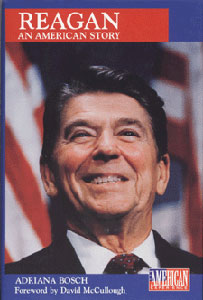 Source of book image:
Source of book image: 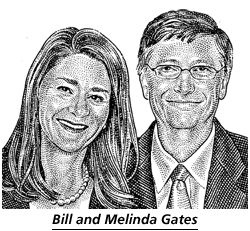 Source of image: online version of WSJ article cited below.
Source of image: online version of WSJ article cited below.  Hernando de Soto and Bill Clinton at the second annual Clinton Global Initiative. Source of photo: online version of the WSJ article cited below.
Hernando de Soto and Bill Clinton at the second annual Clinton Global Initiative. Source of photo: online version of the WSJ article cited below.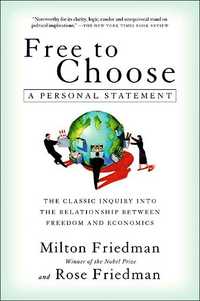
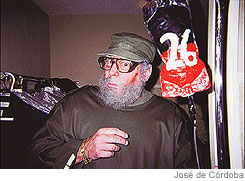 Castro impersonator Eddy Calderón. Source of photo: online version of WSJ article cited below.
Castro impersonator Eddy Calderón. Source of photo: online version of WSJ article cited below. 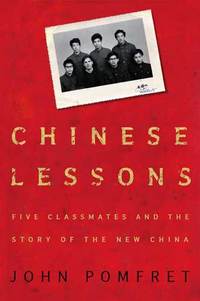
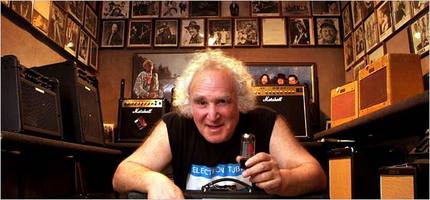
 A vacuum tube used in guitar amplifiers, that was produced in the factory that Mike Matthews owned. Source of photo:
A vacuum tube used in guitar amplifiers, that was produced in the factory that Mike Matthews owned. Source of photo: 

